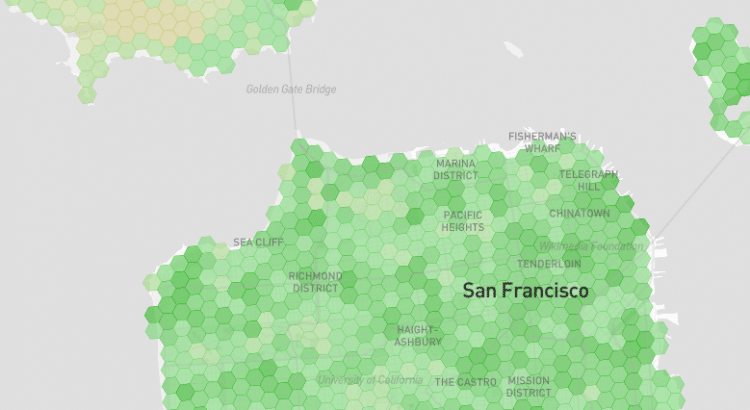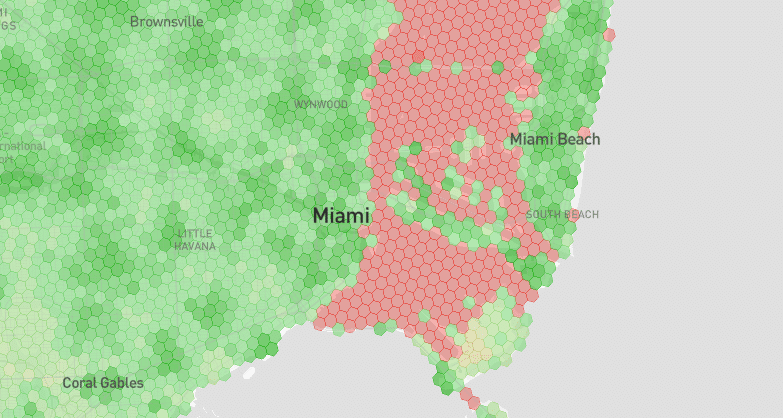US Mobile launched a new phone plan that offers unlimited minutes and texts along with 10GB of data per month. The plan is only available with annual billing for $180 per year (equivalent to $15 per month).
Plan Details
Subscribers on the new plan can opt for either Verizon or T-Mobile’s network. In US Mobile’s parlance, the Verizon-based service is called Warp 5G, and the T-Mobile-based service is called GSM. Most subscribers will default to Verizon’s network. Unlike many low-cost plans, US Mobile’s offering has premium data. Subscribers won’t end up in the back of the priority queue when the network is congested.
Data is hard-capped, meaning that subscribers’ data service is cut off entirely after 10GB of use. Data top-ups are available for purchase, but the pricing isn’t as good as the initial $1.50 per GB rate on the first 10GB.
The annual-only nature of US Mobile’s plan may be unappealing to some prospective subscribers. For those who want to test drive the service and plan to port in an existing number, it may be best to start with US Mobile’s 30-day free trial before opting for the new plan.
Competing With Mint
I expect US Mobile is trying to position itself competitively with Mint Mobile. Mint typically reserves its best rates for customers who purchase 12 months of service upfront. Mint’s comparable $180 per year plan includes only 5GB of data.
Things To Come
In a Reddit post about the new plans, US Mobile’s CEO suggested an AT&T-based plan is coming to US Mobile in June. He also indicated that a feature allowing subscribers to set custom max speeds is coming later this year.





